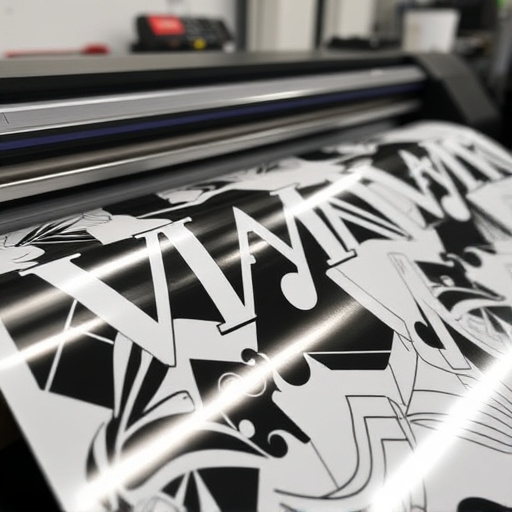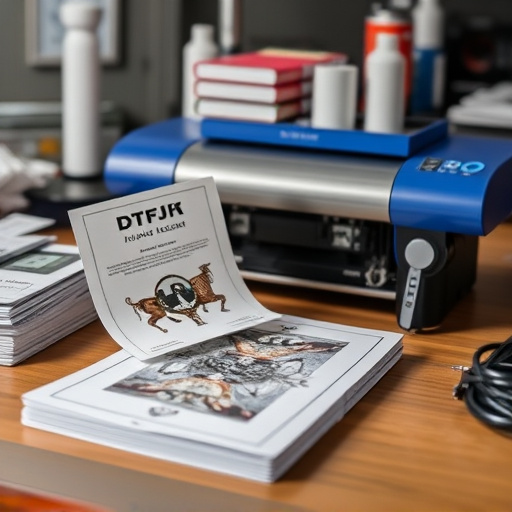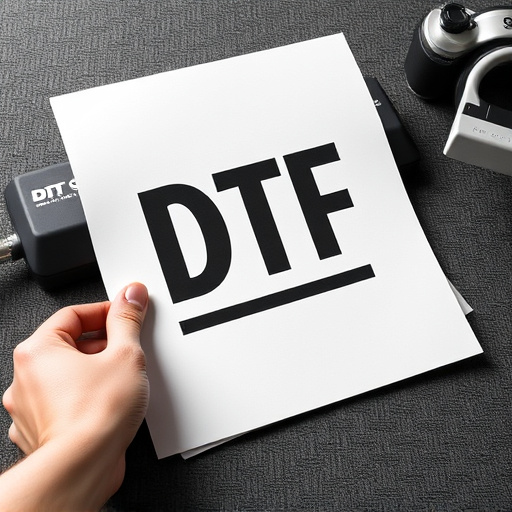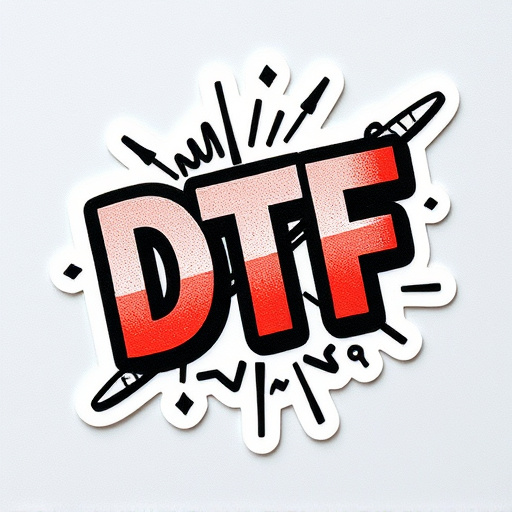Inaccurate data mapping causes errors in DTF Transfer Gang Sheets, leading to poor print quality. Detailed file preparation and correct software settings are essential for accurate design positioning. Skipping critical steps like material prep and cleaning can result in misalignments and equipment damage. Thorough testing on various fabrics with different settings prevents color discrepancies and ensures consistent high-quality printing.
“Unveiling the intricacies of DTF Transfer Gang Sheet setup, this comprehensive guide sheds light on prevalent mistakes to steer clear of. From incorrect data mapping that can spawn errors, to overlooking crucial process steps and insufficient testing, each blunder holds the potential to disrupt seamless execution.
By understanding these common pitfalls, you’ll be equipped to create a robust DTF Transfer Gang Sheet, ensuring accuracy and efficiency in your workflow.”
- Incorrect Data Mapping Causes Errors
- Overlooking Critical Process Steps
- Insufficient Testing Leads to Issues
Incorrect Data Mapping Causes Errors
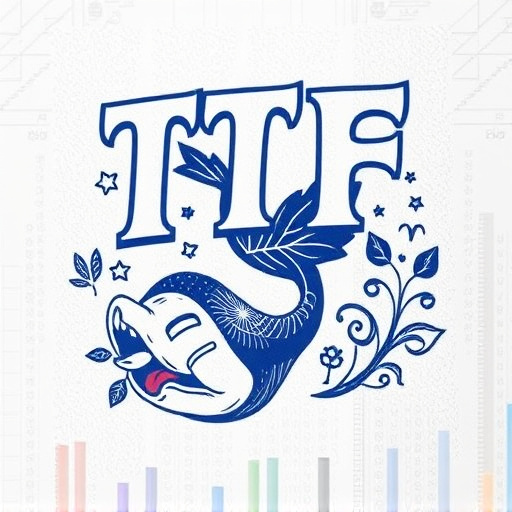
Inaccurate data mapping is a common pitfall when setting up a DTF Transfer Gang Sheet, leading to various errors and suboptimal results in the final printing process. Each element on your design—from text to graphics—must be precisely mapped to the corresponding area on the garment using the correct coordinates and dimensions. When this mapping is off, even slightly, it can result in distorted or misaligned prints, compromising the overall quality of the dtf garment printing.
This issue often arises due to improper file preparation where the dtf file isn’t correctly structured or when there’s a mismatch between the design software and the cutting software settings. Ensuring meticulous dtf file preparation is paramount. This involves not just creating a visually accurate design but also ensuring that each component of your artwork is correctly positioned for seamless integration during the DTF print process, thereby enhancing the final print quality.
Overlooking Critical Process Steps

When setting up a DTF Transfer Gang Sheet for direct to film transfers, many beginners often overlook critical process steps that can significantly impact the outcome. A DTF gang sheet is a detailed plan that guides the entire transfer process, from preparing the source material (like dtf artwork transfers or dtf logo transfers) to ensuring precise alignment during exposure. Skipping essential stages such as proper material preparation, accurate registration marking, and meticulous cleaning procedures can lead to inconsistent prints, misalignments, and even failed transfers.
These critical steps are not just technicalities; they are the foundation for achieving high-quality results with your DTF transfers. Neglecting them may save time initially but will likely result in a lot of trial and error, wasting resources, and potentially damaging your equipment. Therefore, it’s crucial to familiarize yourself with each step, understand its purpose, and adhere strictly to best practices for optimal DTF gang sheet setup.
Insufficient Testing Leads to Issues
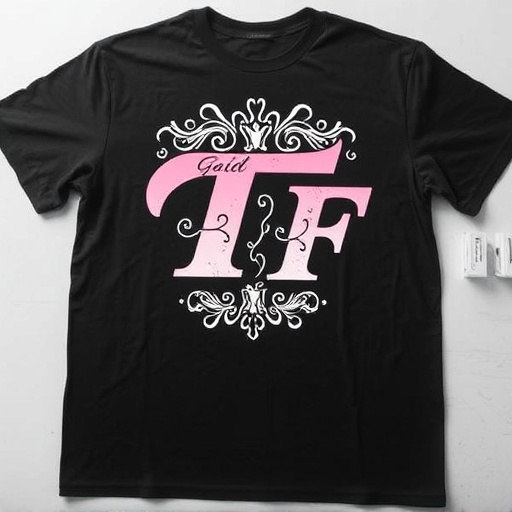
Insufficient testing can lead to significant issues when setting up a DTF Transfer Gang Sheet for dtf transfer printing. Often, designers rush the process by assuming that their designs will print perfectly on various materials and garments without conducting thorough trials. This oversight can result in subpar prints, missing details, or color discrepancies, which negatively impact the final output—whether it’s dtf printed shirts or other products.
Before finalizing your gang sheet, it’s crucial to dedicate time for extensive testing. Upload your own gang sheet and print on a variety of fabrics using different settings to ensure optimal results. This meticulous approach allows you to identify potential problems early on, enabling you to make adjustments to your setup and achieve consistent, high-quality dtf transfer printing outcomes.
Setting up a DTF Transfer Gang Sheet accurately is crucial for efficient data transfer. By avoiding common mistakes such as incorrect data mapping, overlooking critical process steps, and insufficient testing, organizations can ensure seamless and error-free transactions. Remember that meticulous planning and thorough checks are key to a successful DTF Transfer Gang Sheet implementation.




